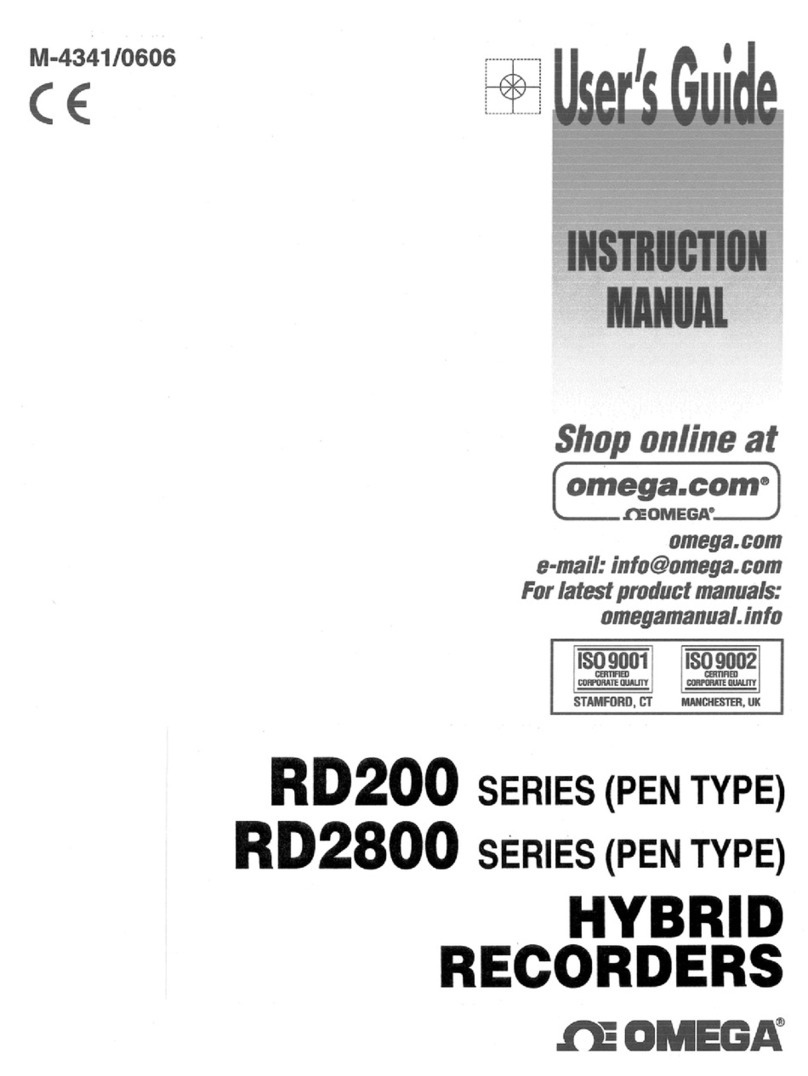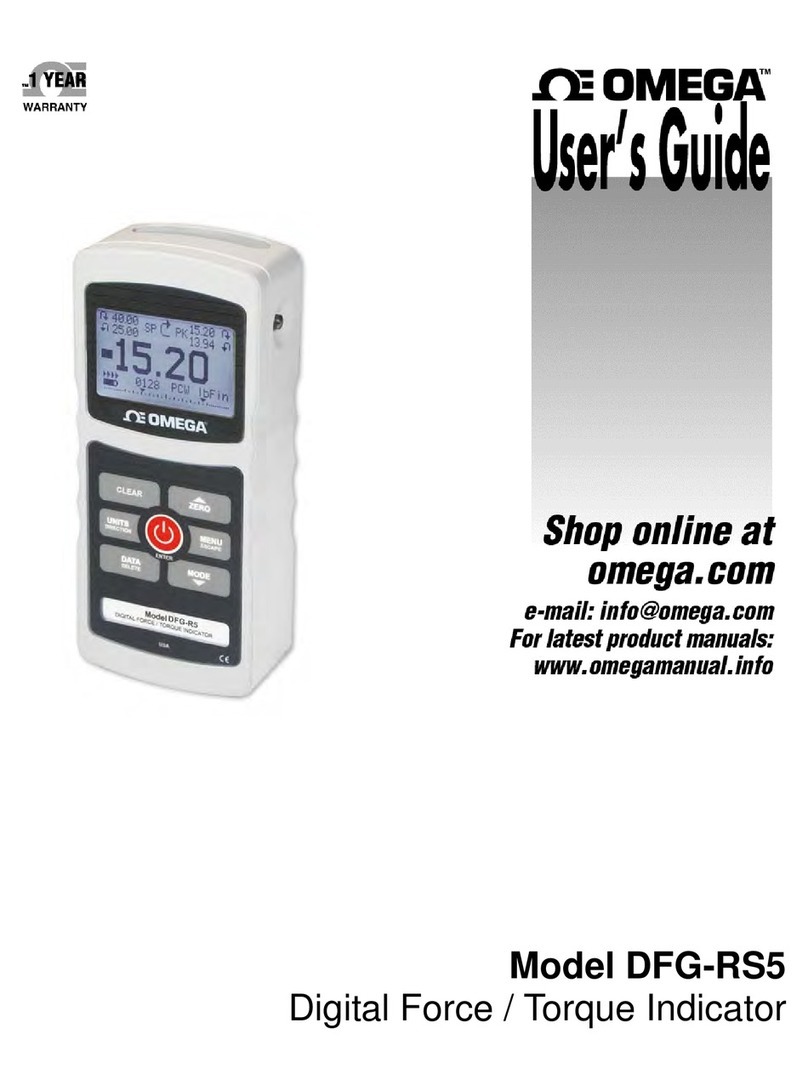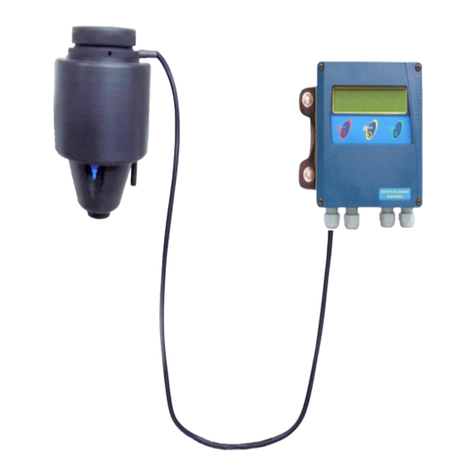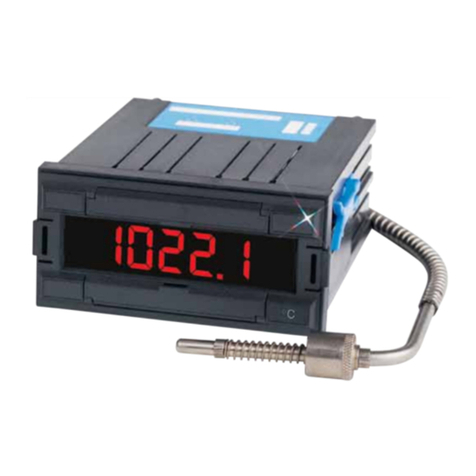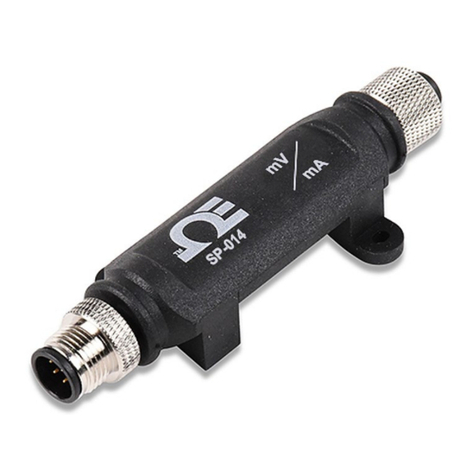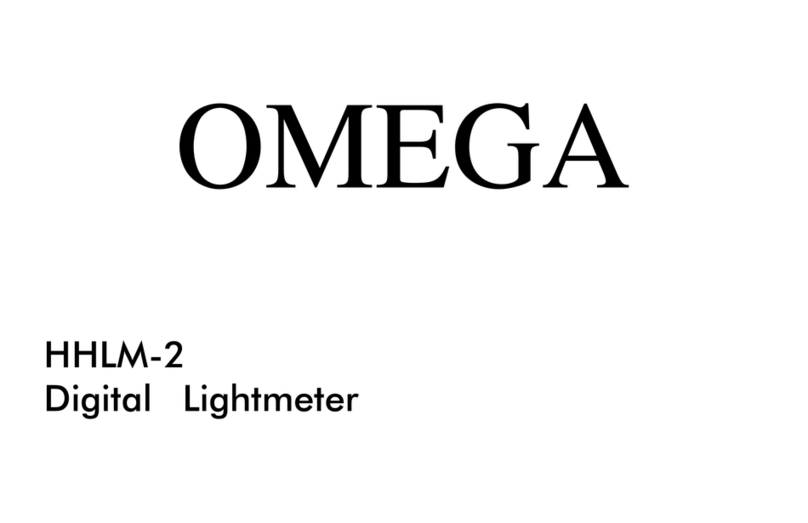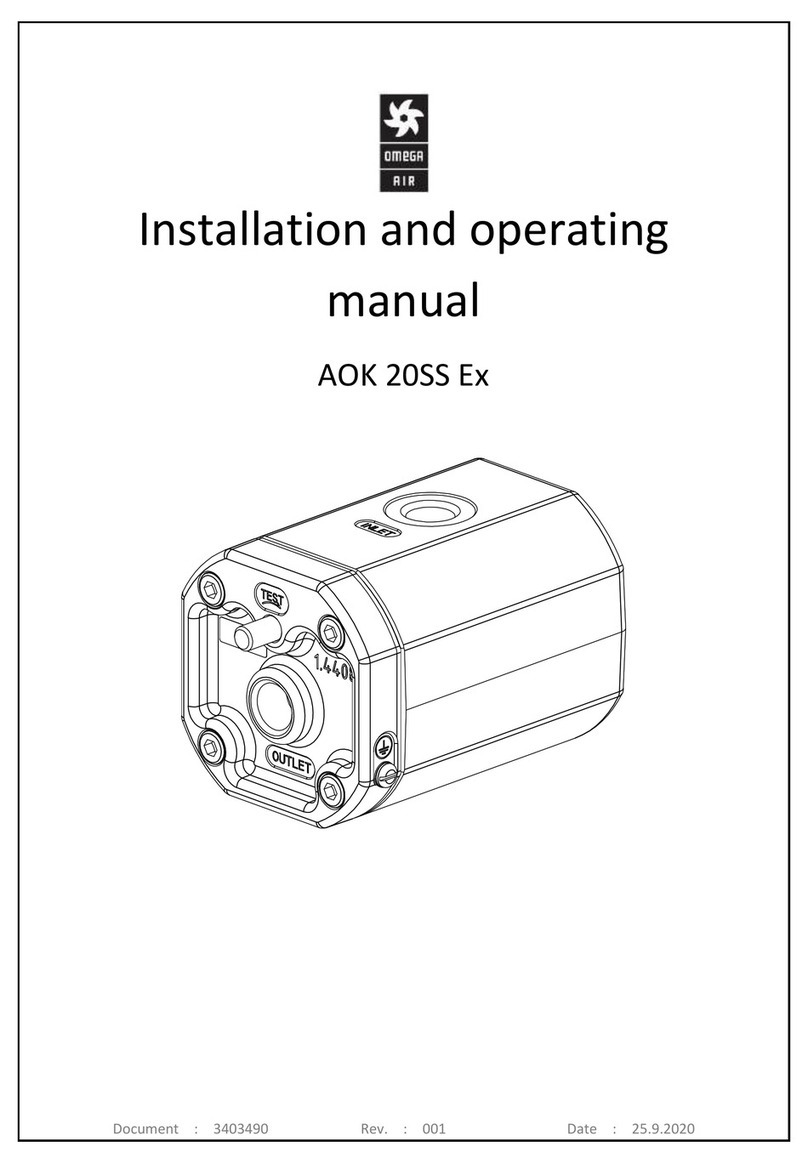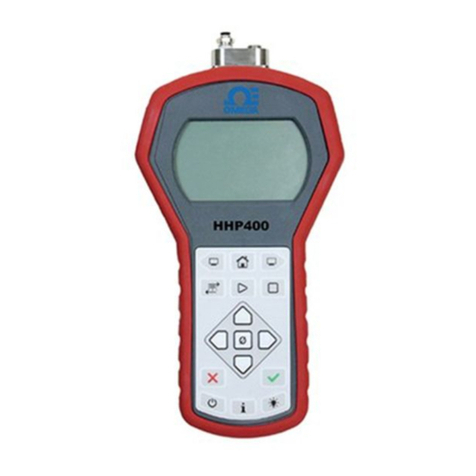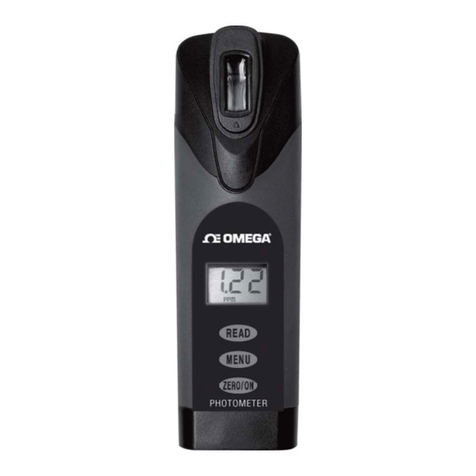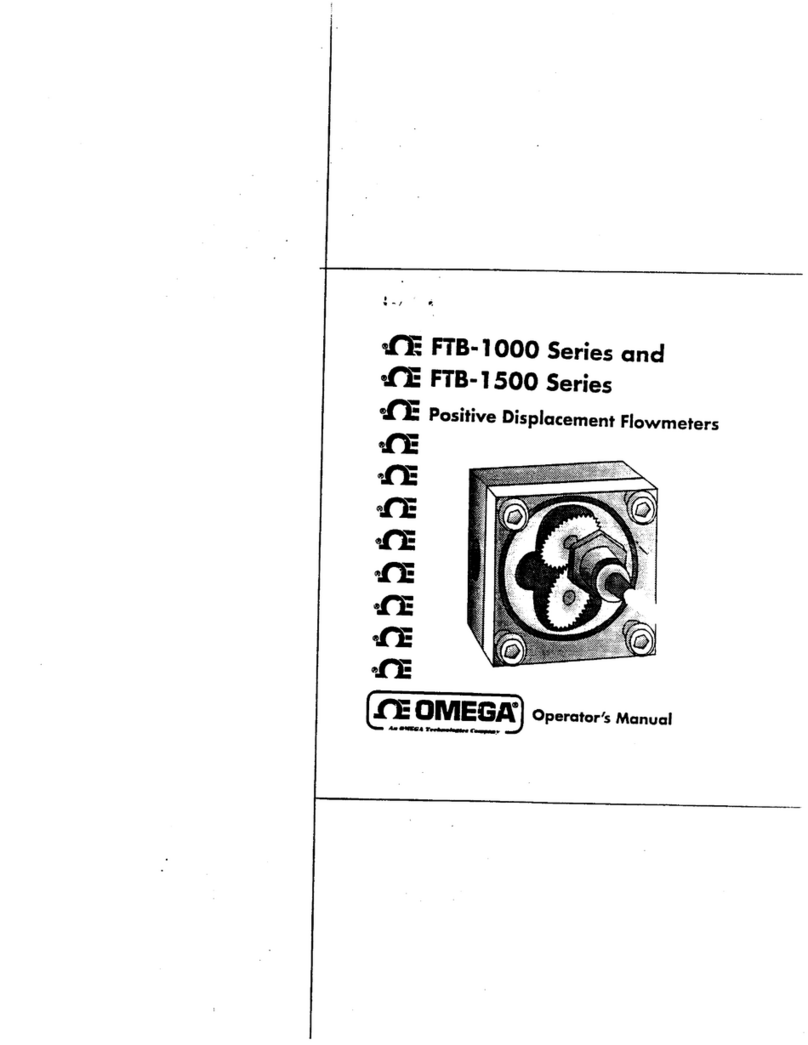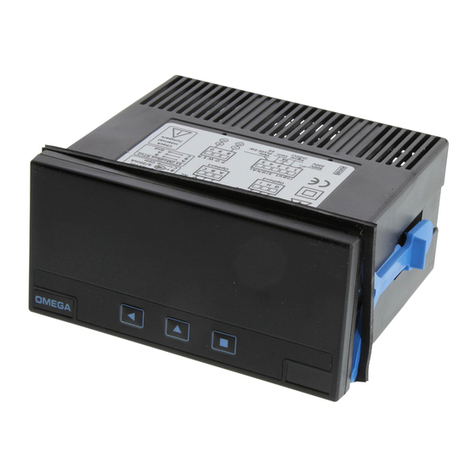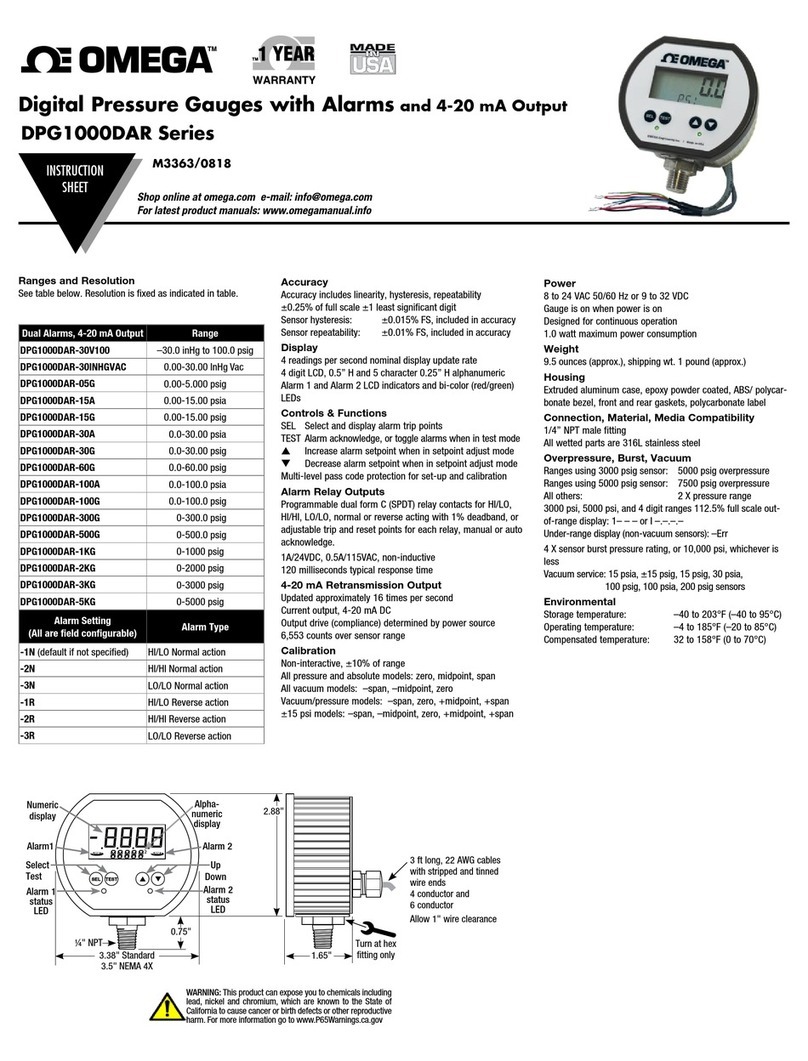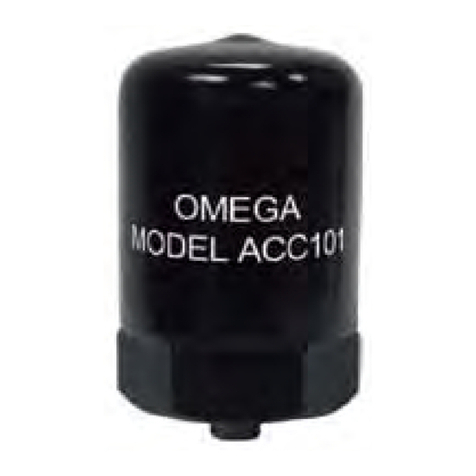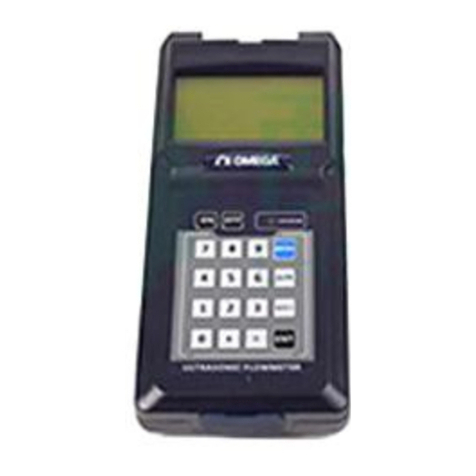
V VII–S D
OMEGA EP O M
P 8 of 35
In addition to the VISAR diagnostic that views the target along its rear axis (normal), a backlighter
target (>10 mm to the side) produces x-rays that radiograph the target side-on. An x-ray streak camera
(opposing the backlighter) detects these x-rays to view the motion of the pusher. For thick packages,
the shock continues to propagate for many nanoseconds after the laser pulse has ended. OMEGA EP
includes orthogonal viewing angles.
1.1.4.2 Isentropic Compression
Isentropic (shockless) compression will be used to reach the high-density, low-temperature region
of phase space that is of special relevance for geophysical and planetary science problems and for the
study of metallic hydrogen. To maintain the desired low temperature of the sample, a long, carefully
shaped pressure drive is required. With the long pulse duration, high energy, and individual pulse shaping
and timing available for each of the OMEGA EP beams, it will be possible to provide samples in a new
and unexplored temperature and density range.
1.1.4.3 Isochoric Heating Experiments
Fast electrons or protons generated by an ultrashort laser pulse can be used to isochorically heat
samples at solid density, high temperature, and high pressure. Generally, the pulse duration of the fast
electrons produced in the interaction of a high-intensity short-pulse laser with matter is close to the laser
pulse duration. At relativistic intensities Isuch that Im2> 1018 W/cm2, where mis the laser wavelength
in microns, the electrons are emitted into a cone with a half-angle <40º in the forward direction, and
the effective temperature of the electrons is, to a good approximation, proportional to the laser intensity
(Thot ?Im2). The short-pulse duration of <10 ps minimizes the hydrodynamic expansion of the sample
and makes the heating close to isochoric. It will be possible to study the opacities of warm, dense matter
using diagnostic techniques such as absorption spectroscopy with a spectrally broad backlighter produced
by the second short-pulse beam.
1.1.4.4 Hydrodynamic Instability Experiments
The nonlinear evolution of Rayleigh–Taylor and other hydrodynamic instabilities remains an
important SSP problem. A quantitative description of the evolution of the bubbles and spikes in the highly
nonlinear phase of implosions is essential. To address this issue, an embedded-interface, Rayleigh–Taylor
test bed that has linear growth factors in excess of 1000 is being developed for OMEGA. On OMEGA
EP, the higher energy and longer pulses available to accelerate a planar package will extend these
experiments to still larger growth factors, allowing the highly nonlinear development of the instability
at the embedded interface to be studied. In particular, the nonlinear mixing and the bubble-and-spike
growth characteristics will be studied for both single-mode and multimode perturbations.
The evolution of Rayleigh–Taylor instability at an interface can be studied either by accelerating
a target with the laser ablation of material or by decelerating a target in a background medium. This
research has been started on the OMEGA Laser System with a focus on experiments using a decelerating
target. No correction for ablation is needed with a decelerating foil, and the growth can be calculated
with the classical formula.
Both large-area backlighting and point-projection backlighting are possible. Large-area
backlighting needs several kilojoules of laser energy at a pulse length of ~1 ns to illuminate the large-
area x-ray source. The backlighter needs to be independently timed, with delays from ~0.3 to 100 ns
relative to the drive beam. Point-projection backlighting is more energy efcient and needs only ~500 J,
